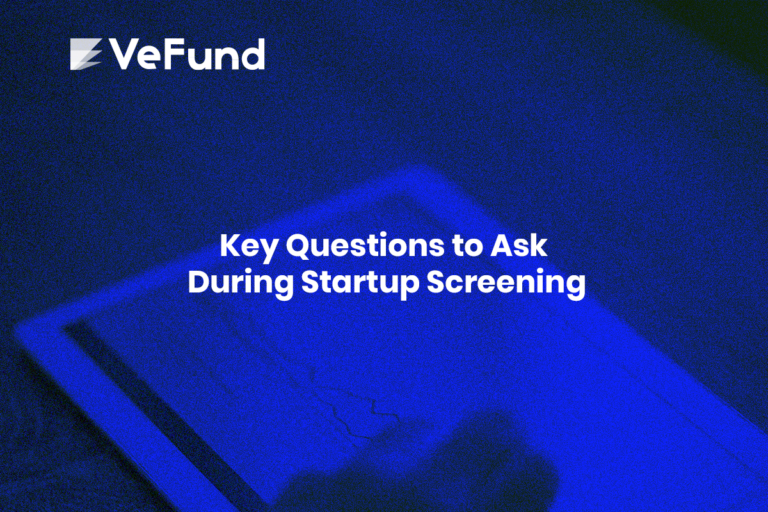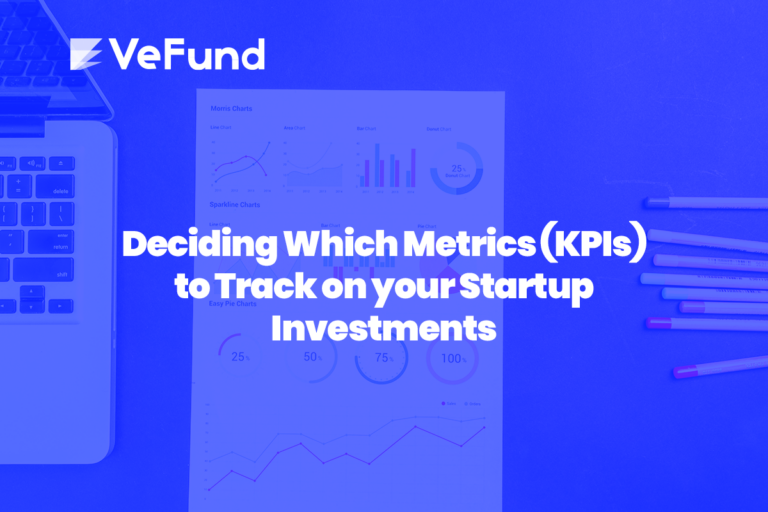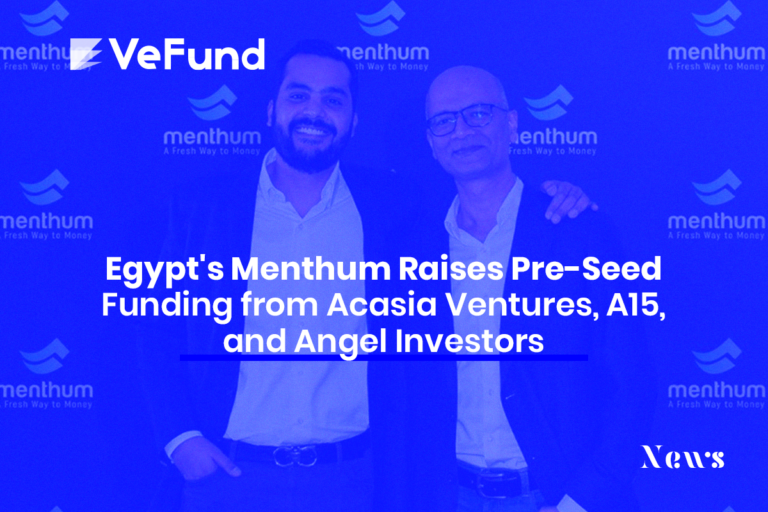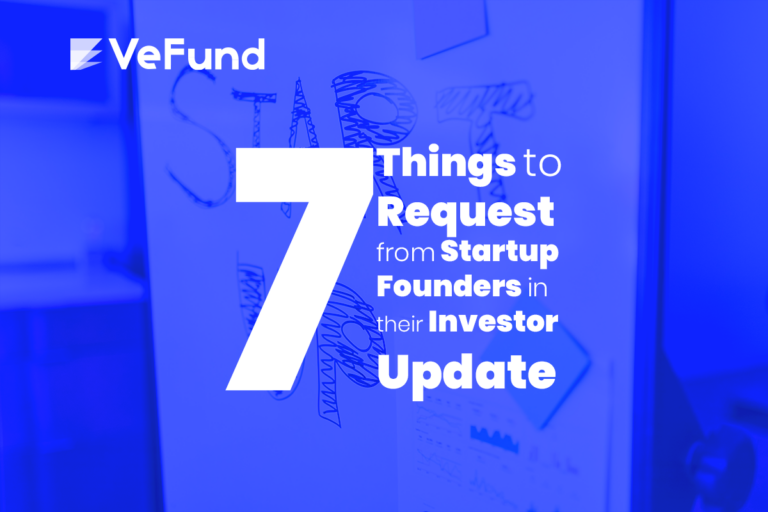Real-Win-Worth Framework: New Approach to Assess Startups
The real-win-worth framework has been in use for nearly four decades to evaluate innovative projects in corporate settings. Giant corporations like General Electric, Honeywell, Novartis, Millipore, and 3M have used variations of this framework. Now, the framework has been renovated to evaluate early-stage startups too.
The renovated framework was originally mentioned in Bangqi Yin & Jianxi Luo’s paper “How Do Accelerators Select Startups? Shifting Decision Criteria Across Stages.” They used the framework to determine how the decision-making factors used by accelerators shift between initial and final screening. This is also another mechanism we can add while using this framework.
Whether you are an angel investor or part of an accelerator, the real-win-worth framework is applicable to evaluate any subject startup.
Real-Win-Worth Framework for Startups
The framework is divided into three main pillars:
· Real “is it real”: this measures market attractiveness and product feasibility.
· Win “can it win”: this measures product advantage and team competence.
· Worth “is it worth doing”: this measures expected return and growth potential.

Your goal is to measure each factor and assess how well the subject startup aces it. This could be done using the complete set of questions below, which was used in the paper, or through your own variation.
Saving Time Using Real-Win-Worth Framework
The research paper by Yin & Luo showed that accelerator managers shift their decision-making heuristically from real & win to win & worth as they advance through the selection phases. In the initial screening, they focus more on the real and win aspects to drive decisions. In the final screening, they ignore the real aspect and focus more on the win and worth aspects.
This shift from right to left could be key to huge time saving in the selection process. Filtering startups by the idea, market attractiveness, and product feasibility, takes less time than running through the numbers in the “worth” category. The returns and growth potential could be visited only in the final stages, when both the “real” and “want” aspects have been validated.








